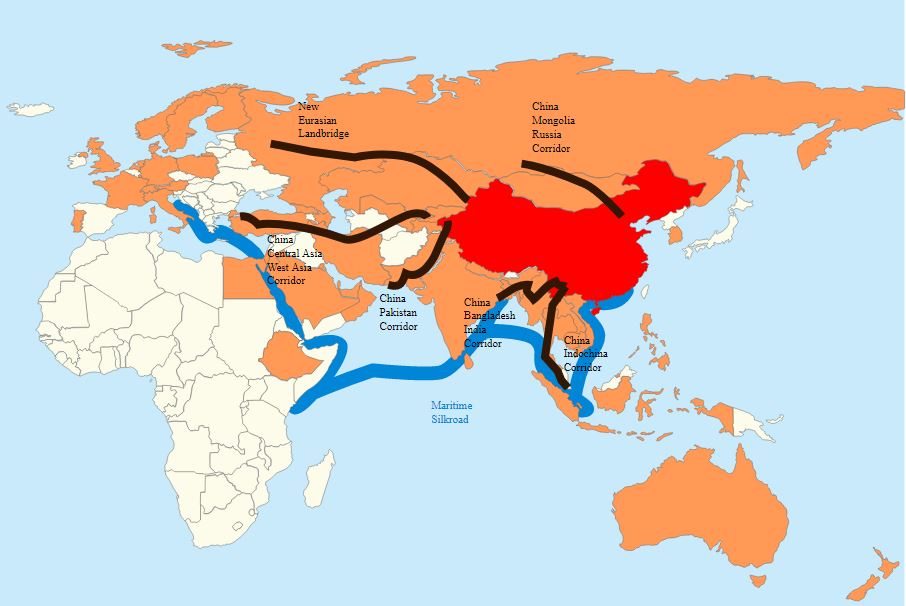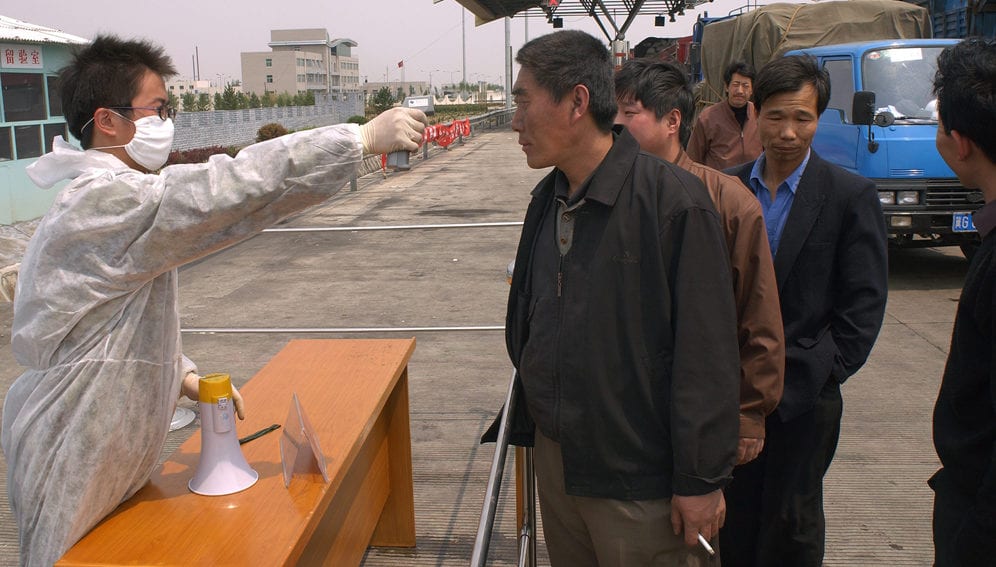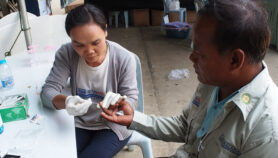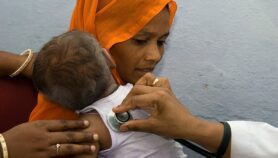发送to a friend
您在此页面上提供的详细信息将不会用于发送未经请求的电子邮件,也不会出售给第三方。请参阅隐私政策。
[纽约]中国,消除了几个寄生虫疾病over the last two decades, now faces a resurgence thanks to parasites being carried back into the country by visitors from Africa and other Asian countries, and by its own returning citizens, says a newstudy。
2013年,中国总统习近平启动了《腰带和道路计划》以增强贸易, infrastructure and economic relations with Asian and African countries. However, this resulted in exposing Chinese citizens to parasitic diseases which had earlier been eradicated in China.
“We need the enormously successful China-India pharma machine to turn its attention to neglected disease product development.”
Bin Zhan,贝勒医学院国家热带医学院
目前,估计在非洲有300万份中国工作。这一事实的一个重要影响是进口寄生虫感染,包括血吸虫病,非洲锥虫病,皮肤利什曼病和恶性疟疾。另一方面,仅有43万非洲人仅在广东省就居住在广东省进行学术研究和商业。根据这项研究,一月发表PLO被忽视的热带疾病, there is a need to expand monitoring and surveillance among both groups。
Estimates published by China’s ministry ofhealthshow that by the early 1990s, China had high prevalence of parasitic and other tropical diseases with more than half billion people infected with ascariasis. Additionally, some 200 million people suffered from trichuriasis and hookworm infection.
Strong economic development, massive reductions in the numbers of Chinese living in extreme poverty, urbanisation, changes in农业该研究的作者说,实践,改善的卫生和广泛的寄生虫控制措施有助于消除其中几种疾病。

中国在红色中,奥兰治的亚洲基础设施投资银行的成员,黑色的走廊(图像和标题信用:Lommes/Wikimedia Commons[[CC BY-SA 4.0]。)。
本·Zhan,该研究的作者和副教授贝勒医学院国立热带医学院休斯顿强调,中国是“也许是第一个消除淋巴丝虫病的国家,并在消除亚洲血吸虫病方面取得了长足的进步。中国减少了土壤传播的胚芽的急剧感染,几乎消除了国内疟疾”。
“We were curious to explore how that track record might be exported,” says Zhan, noting that China is aggressively pursuing activities in Africa and Central Asia through the Belt and Road Initiative.
Zhan说,与中国的同事一起进行的流行病学研究可能会导致针对寄生疾病的疫苗开发。“我们已经看到了中国被忽视的热带疾病的疾病控制的重大变化和巨大的成就,我们认为这种经验可能使其他国家受益。”
Zhan说,尽管拥有大型制药行业,但中国和印度在开发新被忽视的疾病技术方面的成就范围有些不足 -drugs,诊断和疫苗。我们需要巨大成功的中国制药机器将注意力转移到被忽视的疾病产品开发上。”
强大的经济发展对于消除这些疾病很重要。Zahn也认为,其他两个因素有助于实现这一目标:中国医疗保健,疾病控制与预防的良好基础设施,此外government投资于传播疾病的向量的控制和控制。
北京国家寄生虫疾病研究所和国家热带疾病研究中心主任小 - 纽·周说,该报告对中国的被忽视的热带疾病(NTDS)进行了准确的评估。“成就包括消除2007年的淋巴丝虫病。此外,自2017年以来,没有报道土著疟疾病例,预计到2020年将在中国消除疟疾,” Xiao-nong说。“根据中国国家卫生委员会进行的全国流行病学调查,土壤传播的蠕虫病的流行已从1990年的50%降低到2017年的不到5%。”
“We need to focus on two areas. One is to continue our control or elimination programmes on NTDs in China, and the other is to transfer our Chinese working experience in NTDs control and elimination into other settings in Africa or Asia,” he says.
这件作品由Scidev.net的亚太桌子制作。















